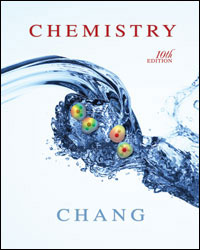1
Substances: (1) CH3 COCH3 ; (2) CH3 OH; (3) C2 H6 ; (4) HCOOH
A) compounds 1 and 2 B) compounds 1 and 3 C) compounds 1, 2, and 3 D) compounds 2 and 4 E) compounds 1, 2, and 4 2 A) HCl B) PH3 C) Br2 D) H2 E) CH3 NH2 3 A) Br2 B) H2 S C) CO D) HCl E) ICl 4 A) CH2 Br2 B) HOCH2 CH2 OH C) CH2 CH2 OH D) CH3 Cl E) CH3 OCH3 5 3 .A) 9.97 x 10-13 kg/m3 B) 3.14 x 103 kg/m3 C) 3.14 kg/m3 D) 3.19 x 103 kg/m3 6 2 is a solid, whereas CO2 is a gas. This is becauseA) both are molecular, but the dispersion forces between SiO2 molecules are stronger because SiO2 is the larger of the two compounds. B) both are molecular, but CO2 is linear whereas SiO2 is bent, and therefore has dipole-dipole attractions. C) CO2 is molecular, whereas SiO2 is a covalent network solid. D) CO2 is molecular whereas SiO2 is ionic. 7 A) MgCl2 B) BCl3 C) NCl3 D) CCl4 8 A) K B) KI C) I D) IF 9 vap for water over the relevant temperature range is 42.34 kJ/mol).A) 33.2 o C B) 25 o C C) 298 o C D) 80 o C 10 A) -13.5 kJ/mol. B) -35.1 kJ/mol. C) 13.5 kJ/mol. D) 17.6 kJ/mol. E) 35.1 kJ/mol.





